Types and Applications of Energy Harvesting Technologies
Update Time: Apr 07, 2023 Readership: 3963
Contents
As the world continues to search for sustainable energy solutions, energy harvesting has emerged as a promising technology that can capture and convert ambient energy from various sources into usable electrical power. From solar cells to piezoelectric materials and electromagnetic harvesters, various energy harvesting technologies are transforming how we think about energy production. The following content will explore different types of energy harvesting technologies and applications, as well as describe how they can power consumer electronics and industrial machinery.
Types of Energy Harvesting Technology
Energy harvesting technologies capture and convert environmental energy from different sources and turn it into usable electricity. Let's see as below:
Photovoltaic cells:
Photovoltaic cells, which is also known as solar cells, it convert sunlight into electricity. These cells consist of layers of silicon or other semiconductor materials that generate electricity when exposed to light. Today, many solar panels and other solar-powered devices use photovoltaic cells.
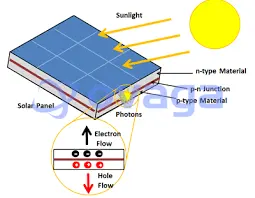
Piezoelectric Materials:
Piezoelectric materials generate electrical energy when subjected to mechanical vibrations or strain. These materials are commonly used in sensors, energy harvesting devices, and other applications where mechanical energy is available.
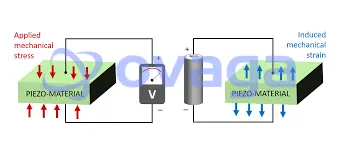
Thermoelectric Generators:
Thermoelectric generators convert temperature differences into electrical energy using the Seebeck effect. These generators consist of thermoelectric materials that generate a voltage when one side of the material is heated while the other side is cooled. They are often used in applications with a significant temperature gradient, such as in waste heat recovery from industrial processes.
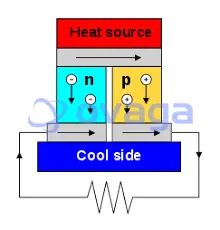
Electromagnetic Harvesters:
Electromagnetic harvesters use electromagnetic transducers to convert mechanical vibrations or radiofrequency signals into electrical energy. These harvesters are used in various applications, including wireless sensor networks, wearable devices, and energy harvesting from mechanical vibrations.
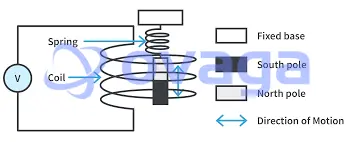
Vibration Harvesters:
Vibration harvesters are used to convert mechanical vibrations into electrical energy. These devices use piezoelectric or electromagnetic transducers to convert mechanical energy into electrical energy. Vibration harvesters are commonly used in industrial machinery and equipment to recover energy from mechanical vibrations.
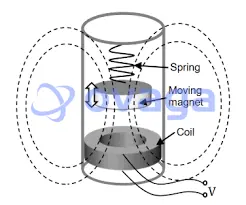
Thermal Harvesters:
Thermal harvesters are used to convert thermal energy into electrical energy. These devices use thermoelectric or thermionic transducers to generate electrical power from temperature gradients. Thermal harvesters are commonly used in automotive and industrial waste heat recovery.
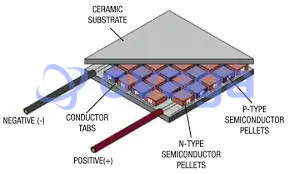
These are just a few examples of the types of energy-harvesting technology that can convert ambient energy into usable electrical power. Each type of technology has its unique strengths and limitations, and its suitability for different applications will depend on the specific energy source and environmental conditions.
Applications of Energy Harvesting Technology
Energy harvesting technologies are being used in transportation to power various systems and components, such as tire pressure monitoring systems, regenerative braking systems and self-powered sensors. These systems can help reduce fuel consumption, improve vehicle efficiency, and enhance safety.
Agriculture:
Energy harvesting technology is being used in agriculture to remote power sensors and monitoring systems that track soil moisture, temperature and other environmental factors. These systems can help farmers optimize crop growth and reduce water and fertilizer use.
Infrastructure:
Energy harvesting technologies are being used in infrastructure to wireless power sensors, monitoring systems and other devices used in intelligent buildings, bridges and other infrastructure. These systems can increase efficiency, reduce energy use, and improve safety.
Consumer electronics:
Energy harvesting technology is used primarily in consumer electronics to power portable devices such as watches, fitness trackers and other wearable devices. These devices use energy harvesting technology to generate energy from motion, light or temperature gradients, eliminating the need for batteries or external power sources.
Industrial machinery:
Energy harvesting technology is used in industrial machinery to power the sensors and monitoring systems used in equipment and machinery. These systems can help improve maintenance, reduce downtime, and increase safety.
In short, energy harvesting technology is being used extensively, and its potential uses are expanding as the technology evolves. Energy harvesting technology generates energy from environmental resources and provides a sustainable and environmentally friendly solution to our energy needs.
Emerging Trends and Developments
Nanogenerators: Nanogenerators are small-scale devices that can convert mechanical or thermal energy into electricity. Piezoelectric and triboelectric materials herald advances in nanomaterials and also make it possible to develop more efficient nanogenerators that will potentially have applications in wearable technology, biomedical devices, and remote sensing.
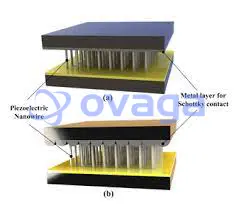
Multi-source energy harvesting: This approach combines multiple energy harvesting technologies, such as solar, thermal and kinetic energy, to improve the overall efficiency of energy harvesting. Multi-source energy harvesting ensures continuous power supply to equipment even in variable or unpredictable environments.
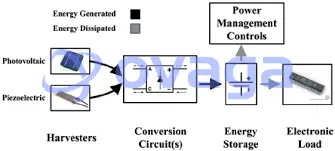
Flexible and wearable energy harvesters: With the growing demand for wearable technology and the IoT, flexible and wearable energy harvesters are gaining popularity. These devices are lightweight and can be integrated into clothing, accessories, and even skin patches, providing power for wearable electronics, health monitoring, and more.
Wireless energy transfer: Advances in wireless energy transfer technologies like inductive coupling, radio frequency (RF) harvesting, and resonant energy transfer are enabling the remote powering of devices. This can eliminate the need for batteries in certain applications, reducing maintenance requirements and environmental impact.
Biodegradable and eco-friendly materials: The use of biodegradable and environmentally friendly materials in energy harvesting devices is becoming increasingly important, as concerns about e-waste and resource depletion grow. Researchers are developing energy harvesters using materials like cellulose, organic photovoltaics, and biodegradable polymers.
we can expect further innovations and developments in energy harvesting that will contribute to a more sustainable and efficient energy landscape.
Summary
In summary, energy harvesting technology will play an essential role in the future of energy production and management.
As a sustainable, eco-friendly, and innovative approach, it harnesses environmental energy from various sources to power a wide range of low-energy devices, sensors, and IoT applications. Energy harvesting is becoming increasingly efficient and adaptable with advances in nanogenerators, multi-source energy harvesting, flexible and wearable devices, wireless energy transfer, and artificial intelligence and machine learning integration.
Developing biodegradable materials and energy storage solutions further enhances the potential of this technology. As society strives for sustainable and efficient energy solutions, energy harvesting will be critical to meeting growing energy demand while reducing environmental impact and promoting a greener future.
Previous:What is Energy Harvesting?
Extended Reading
 FAQ
FAQ
-
Can energy harvesting be used in automotive applications?
Yes, energy harvesting can be integrated into vehicles to capture energy from vibrations, heat, or even the movement of the suspension system, which can then be used to power electronics or charge batteries.
-
How does energy harvesting contribute to the development of smart buildings?
Energy harvesting can power sensors and control systems in smart buildings, allowing for real-time monitoring and management of energy usage, lighting, heating, and cooling, ultimately improving energy efficiency and reducing costs.
-
Can energy harvesting be used in biomedical applications?
Yes, energy harvesting has potential applications in biomedical devices, such as powering implantable devices or remote health monitoring systems by converting energy from body heat, movement, or even blood flow.
-
How can energy harvesting benefit IoT devices?
Energy harvesting can provide a continuous, low-maintenance power source for IoT devices and sensors, eliminating the need for battery replacements and enabling deployment in hard-to-reach or remote locations.
-
What is the role of energy harvesting in wearable technology?
In wearable technology, energy harvesting is used to power devices by converting ambient energy, such as body heat or movement, into electricity. This reduces the dependence on batteries and enables the development of smaller, lighter, and more environmentally friendly wearables.
Popular Blogs
-
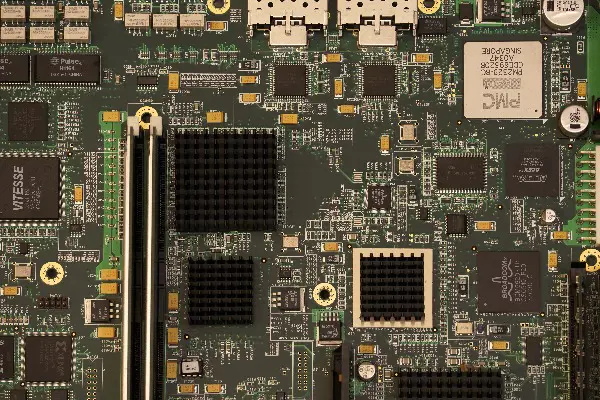
What is Integrated C...
IC design, short for integrated circuit design, ...
-

Types and Applicatio...
As the world continues to search for sustainable...
-
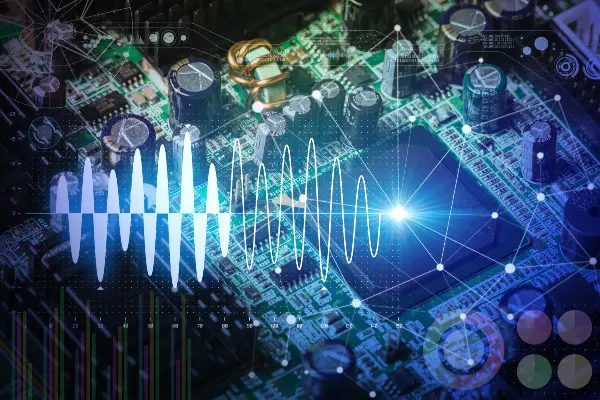
What is an Analog In...
An analog integrated circuit mainly refers to an...
-
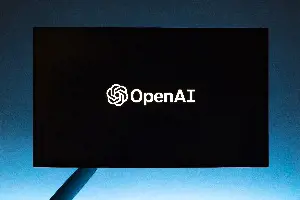
What Can ChatGPT Bri...
ChatGPT's popularity continues, and although it ...
Hot Products
-
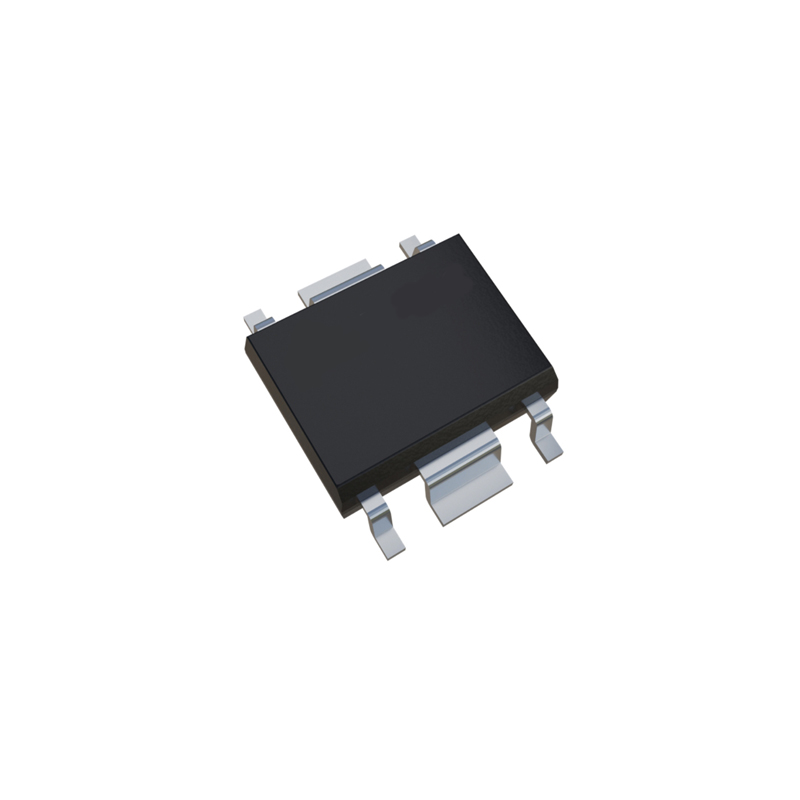
-
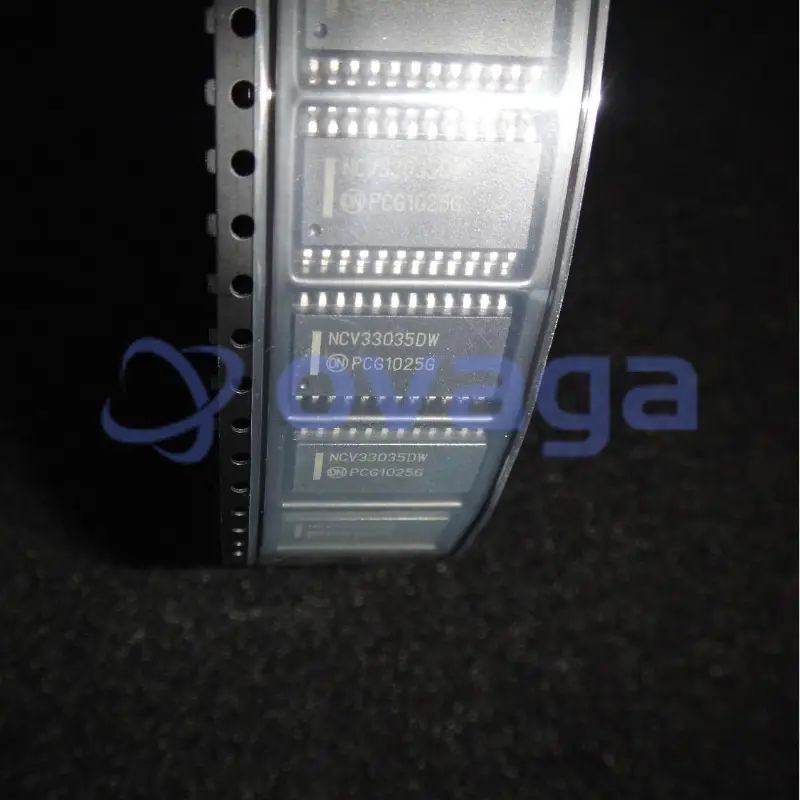
-
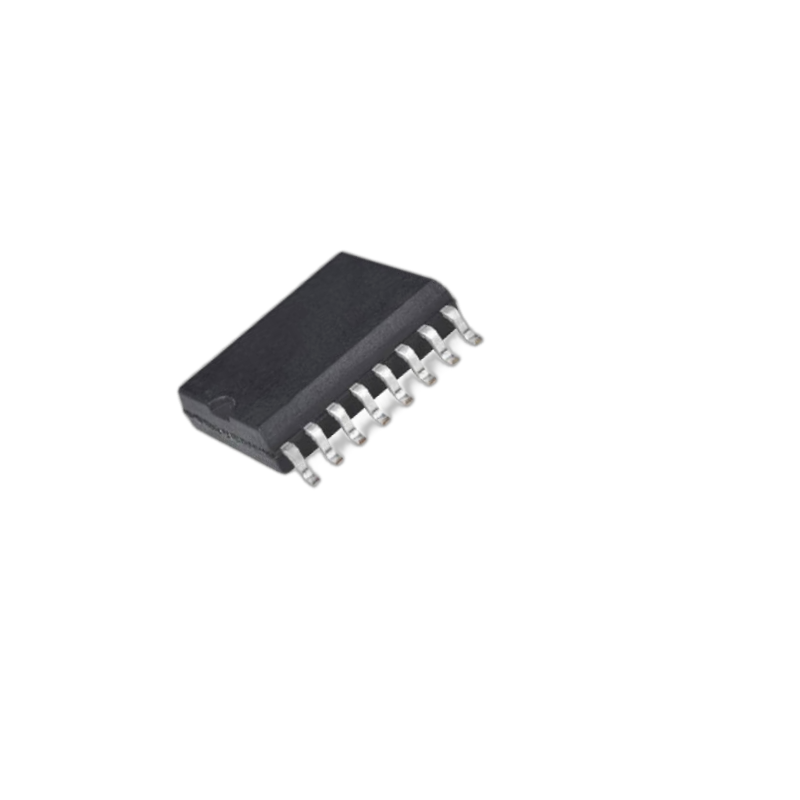
Infineon Technologies Corporation
INFINEON - IFX9201SGAUMA1 - MOTOR CONTROLLER, HALF...
-
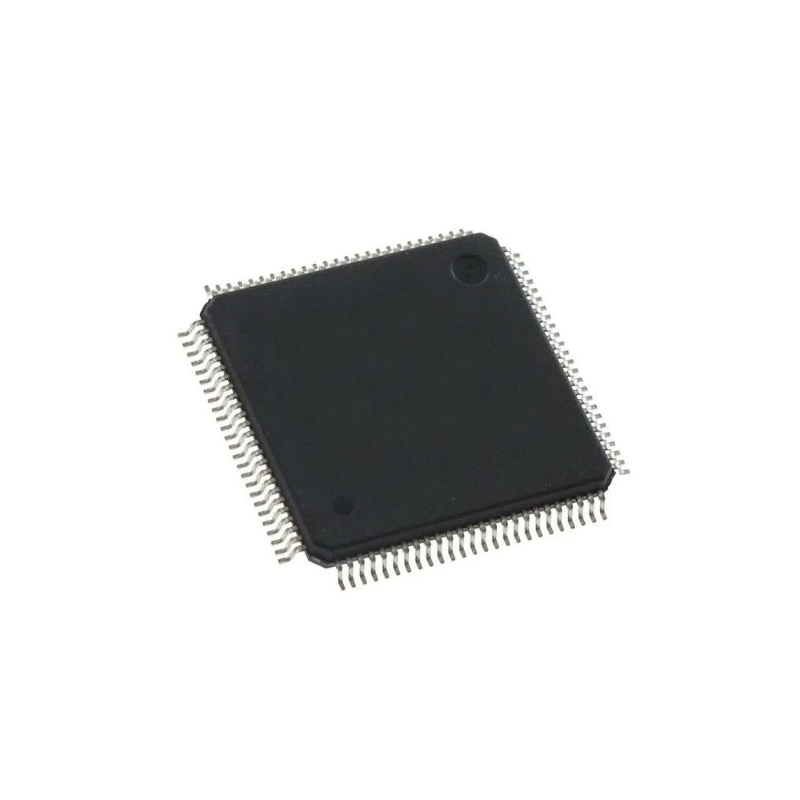
Infineon Technologies Corporation
solar inverters as well as SMPS and uninterruptibl...
-
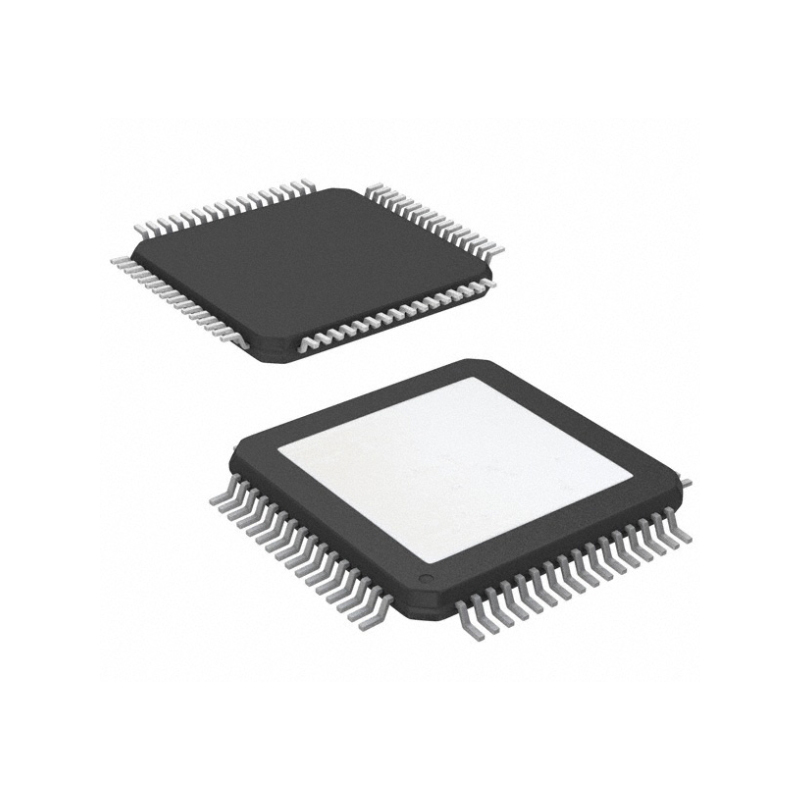
Microchip Technology, Inc
32-bit Microcontrollers - MCU PIC32MK, 1MB Flash, ...
-
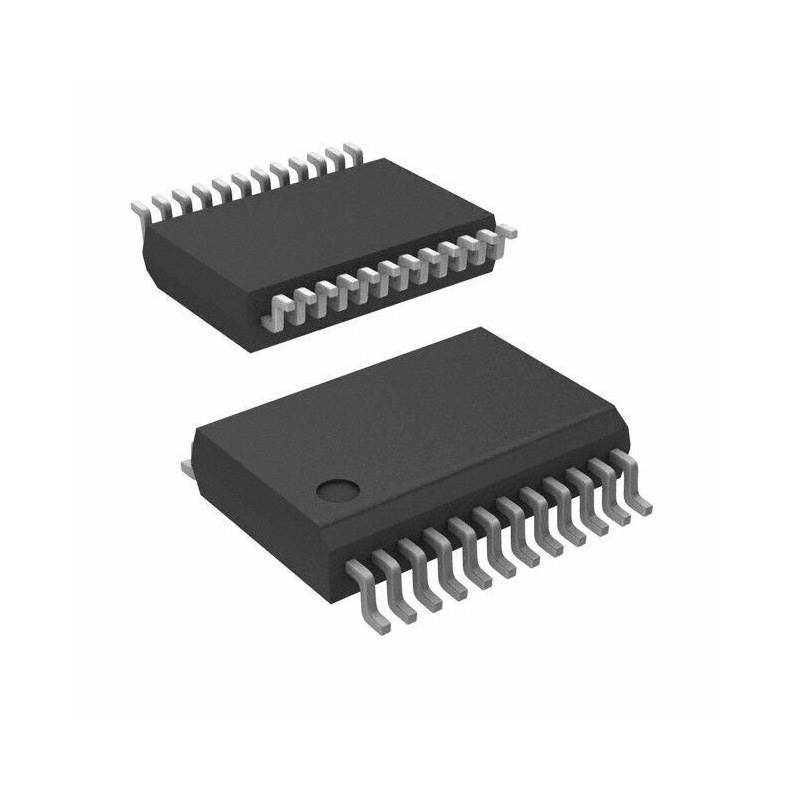
-
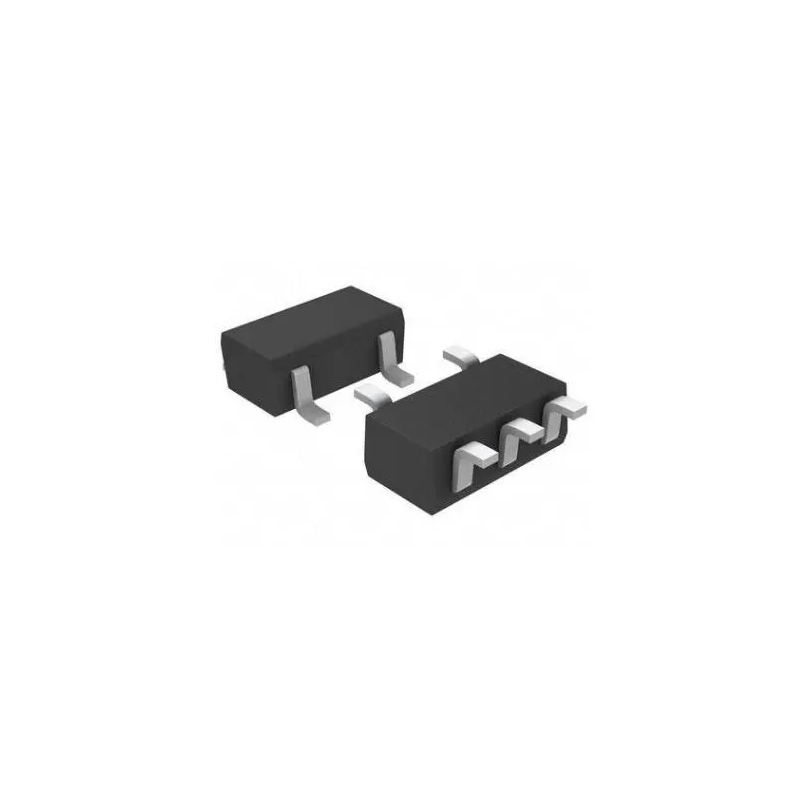
-
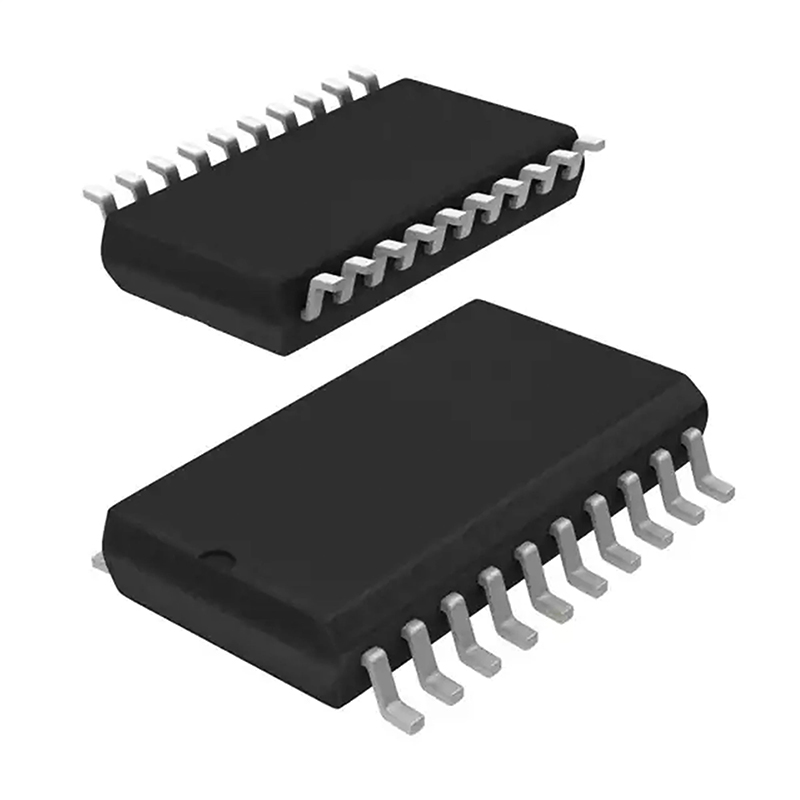
-
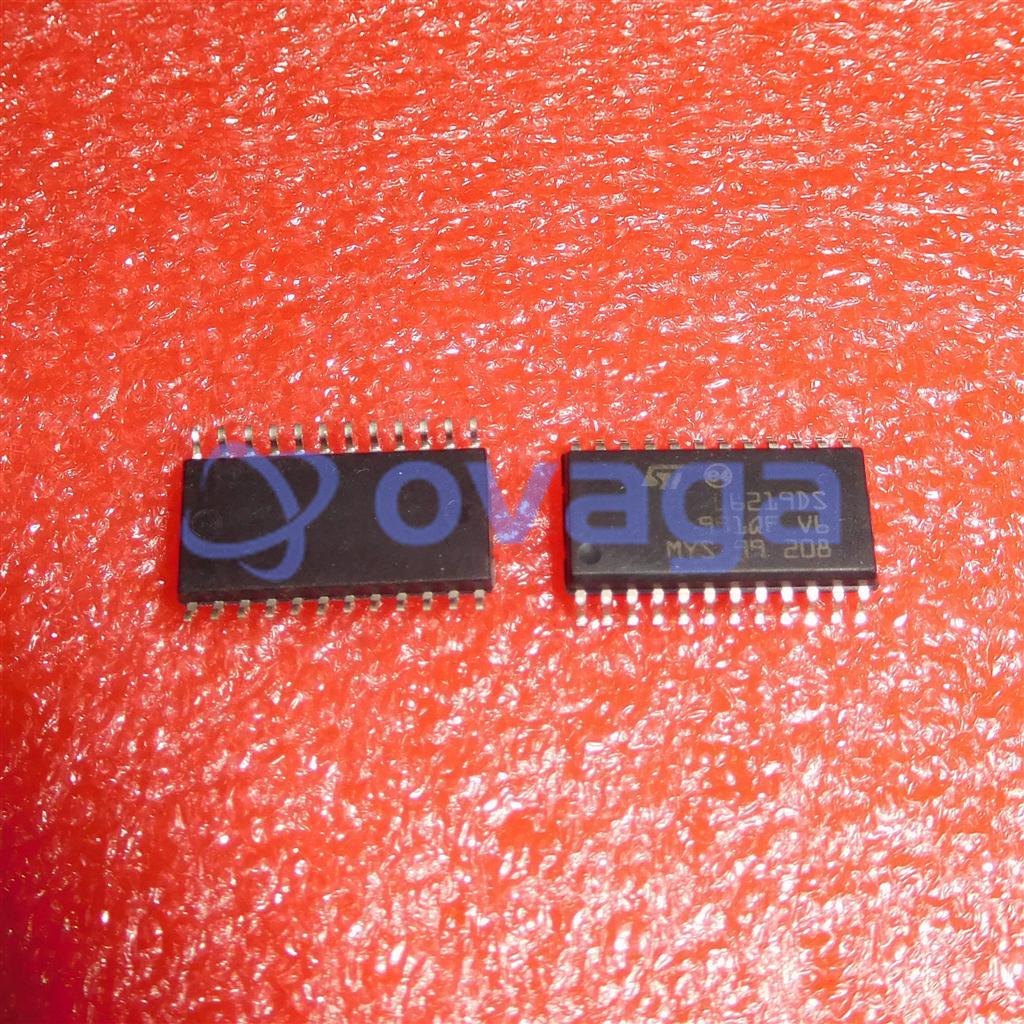
-

-
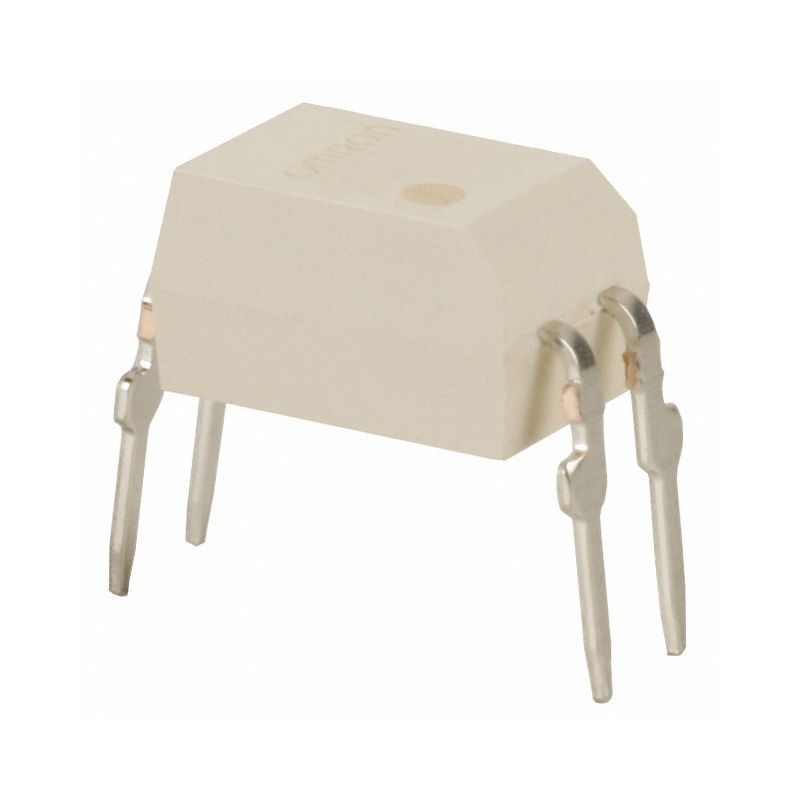
-
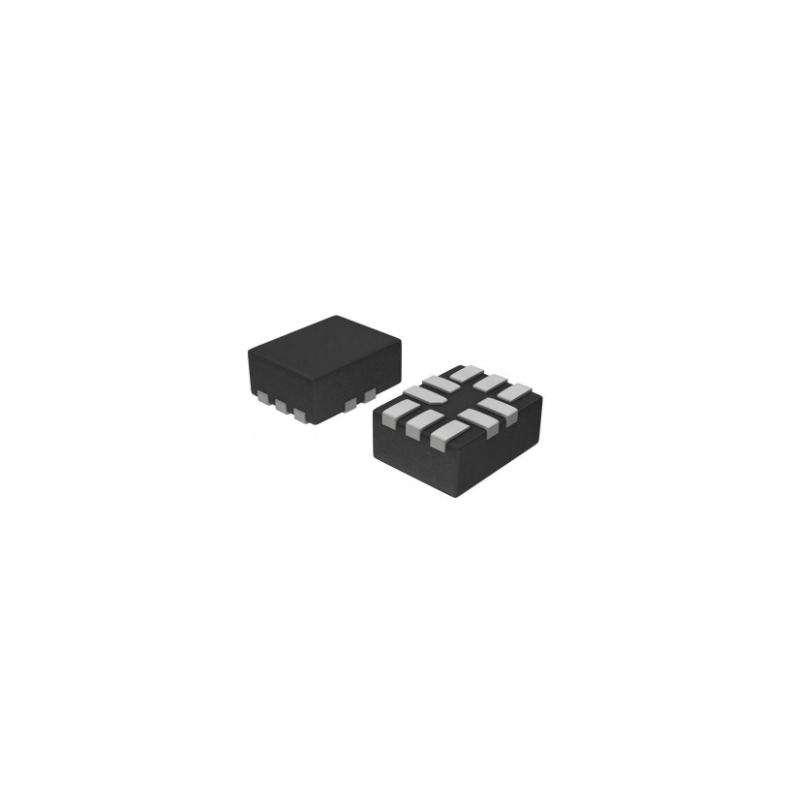
-
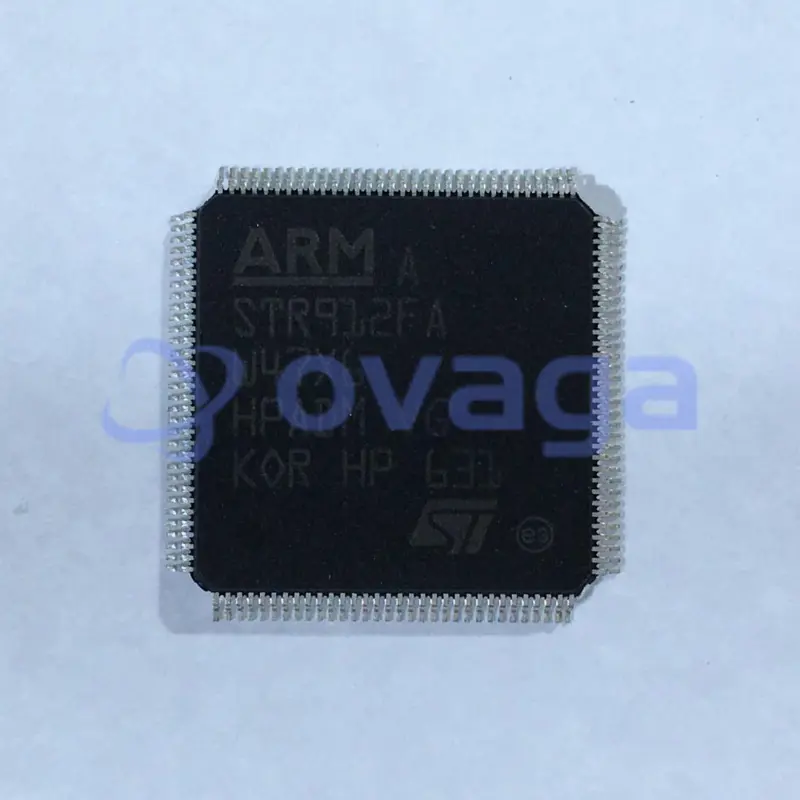
-
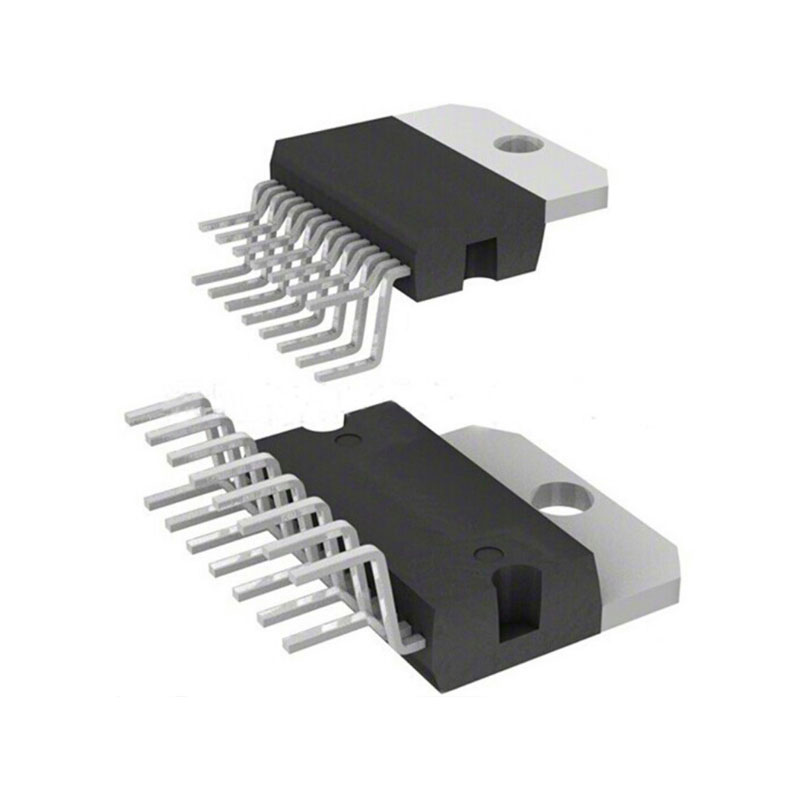
-

-
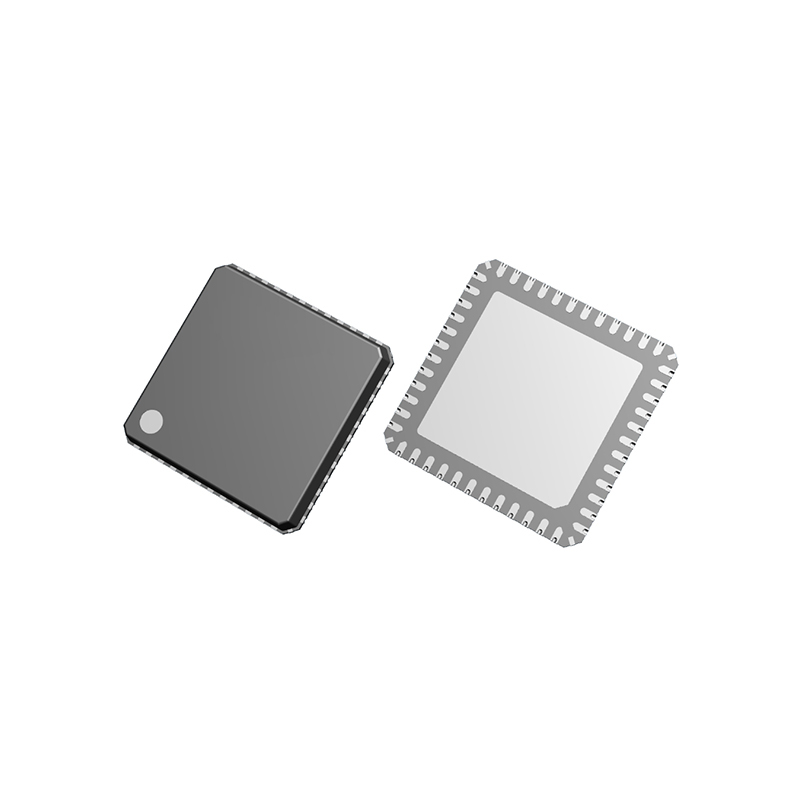
-
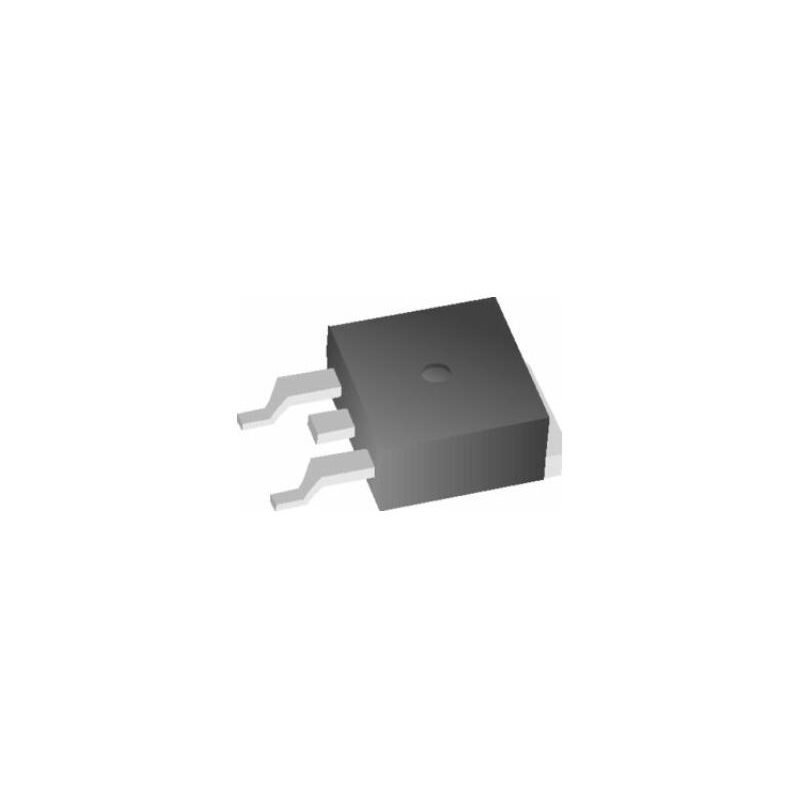
-
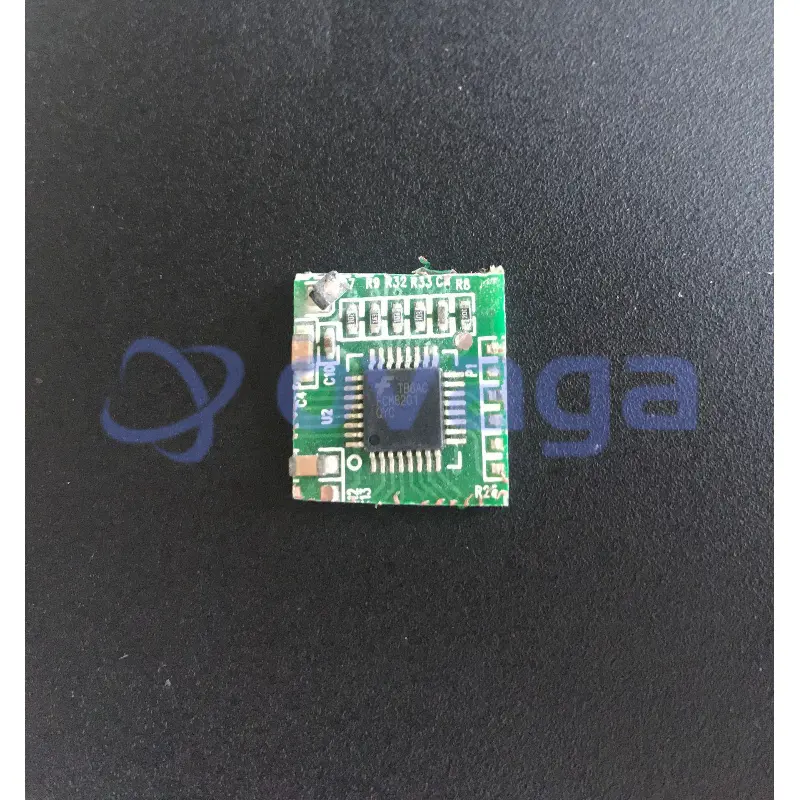
-
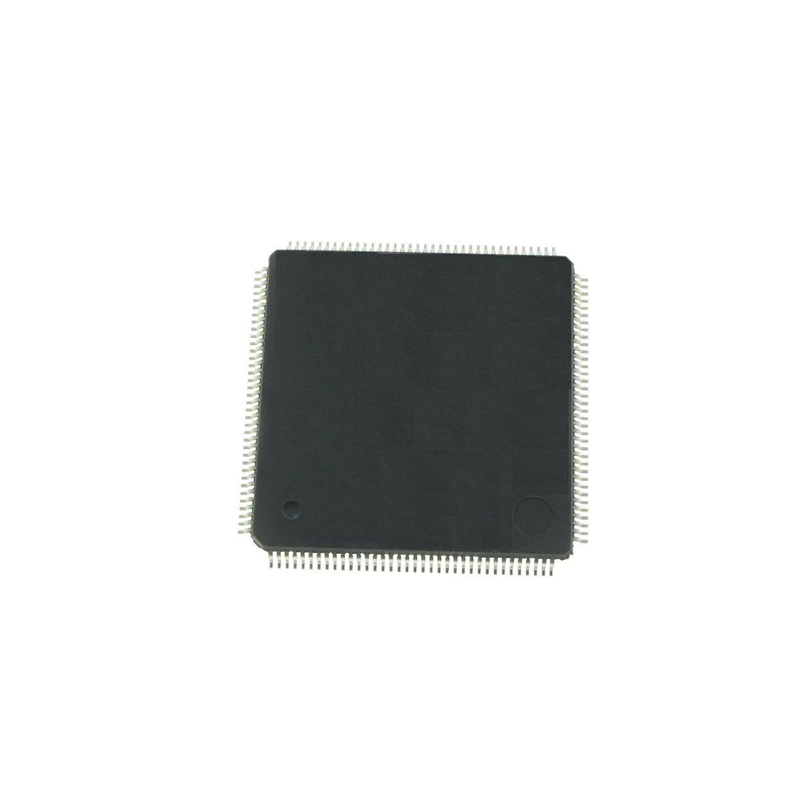
Infineon Technologies Corporation
EV charging: Off-board charging, where users can ...
-
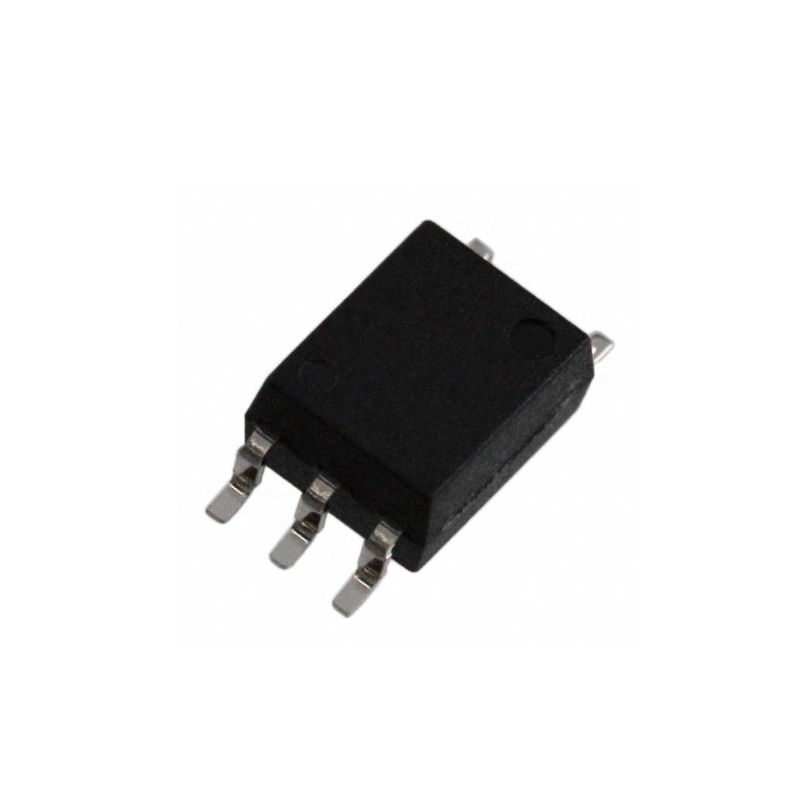
-
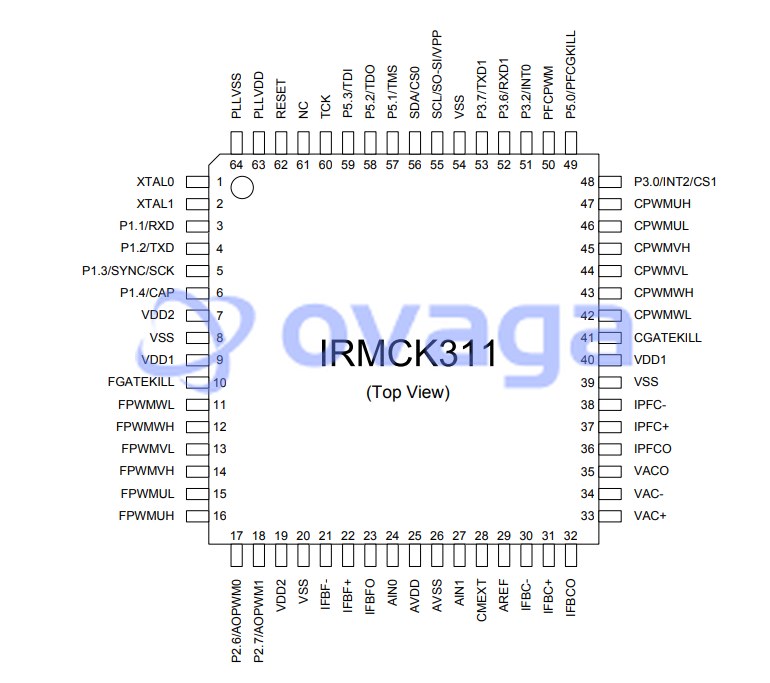
-
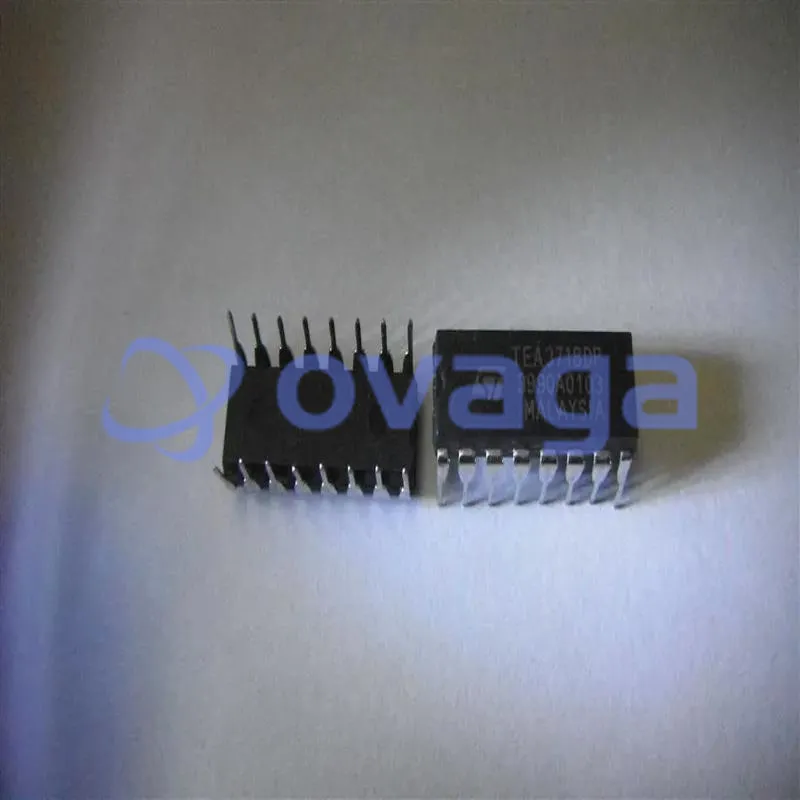
-
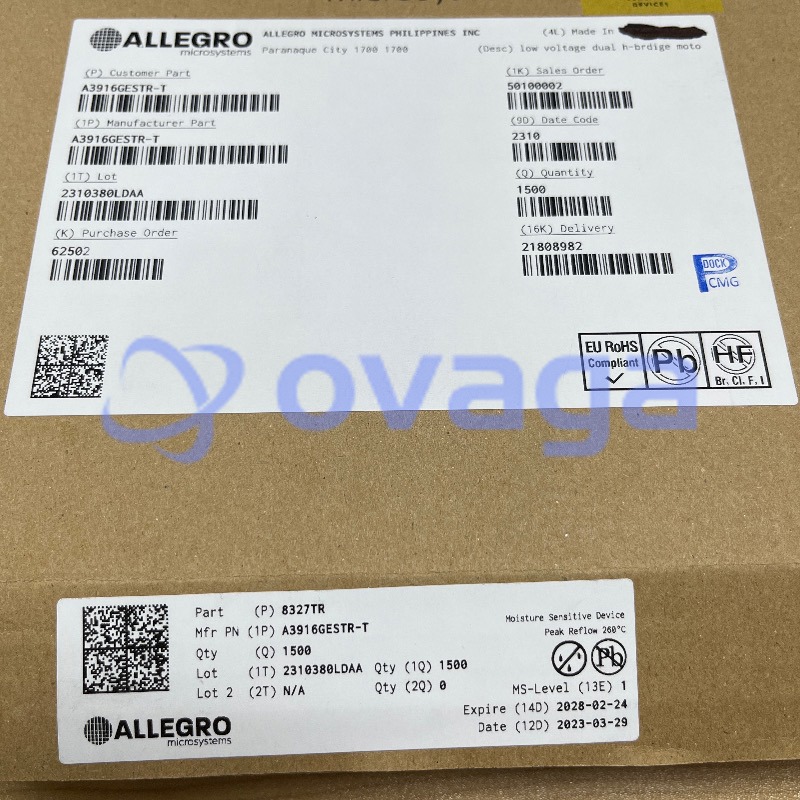
-
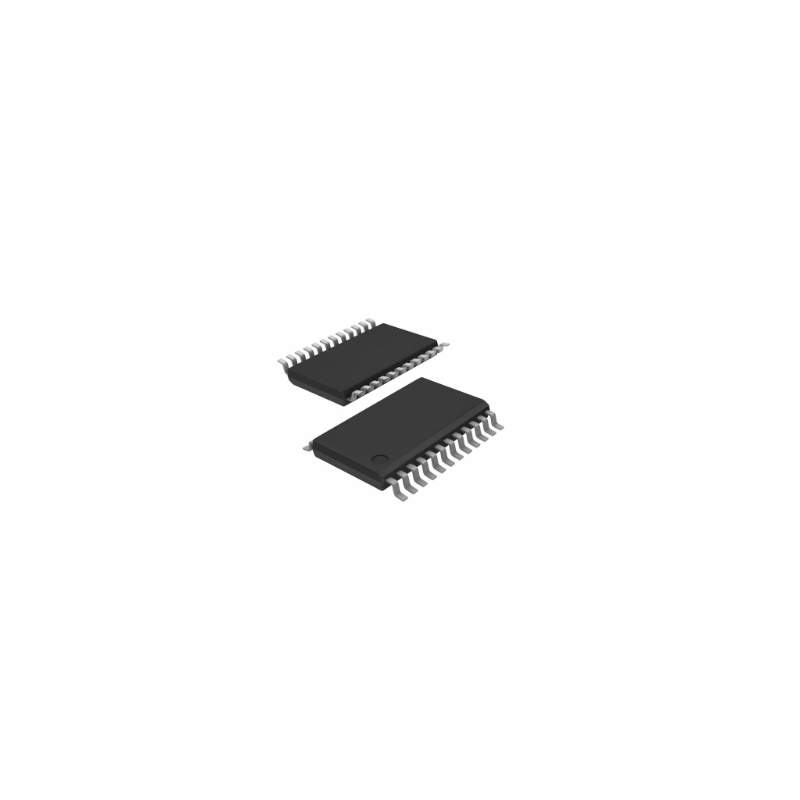
-
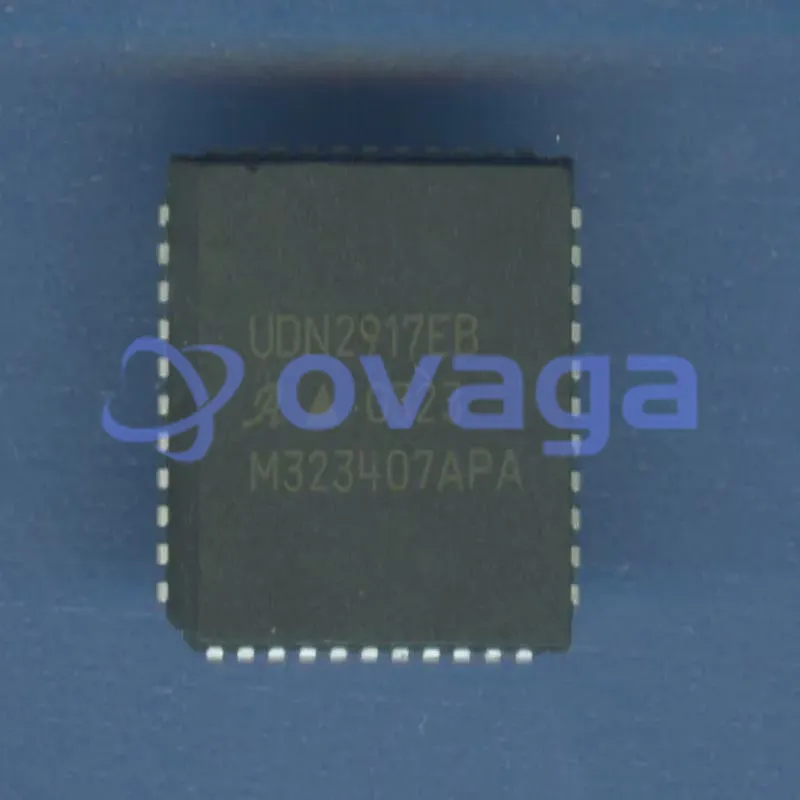
-

-

-
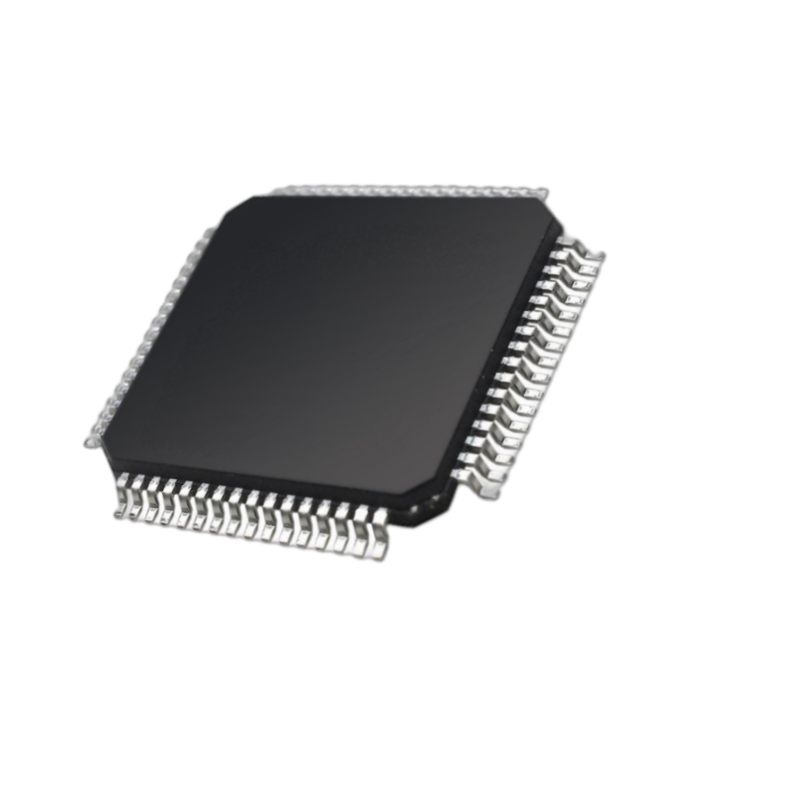
-
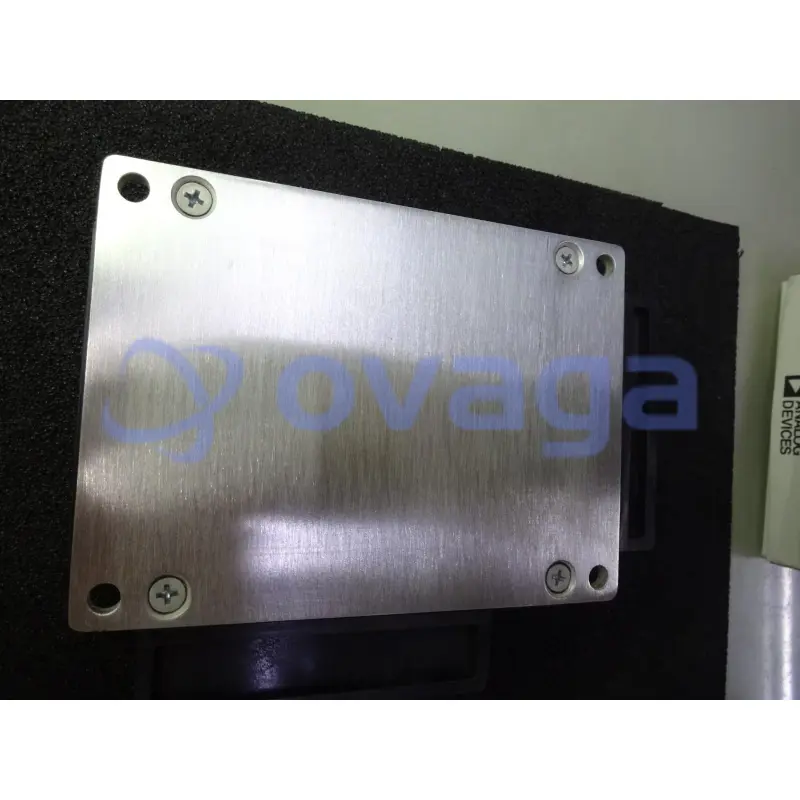
-
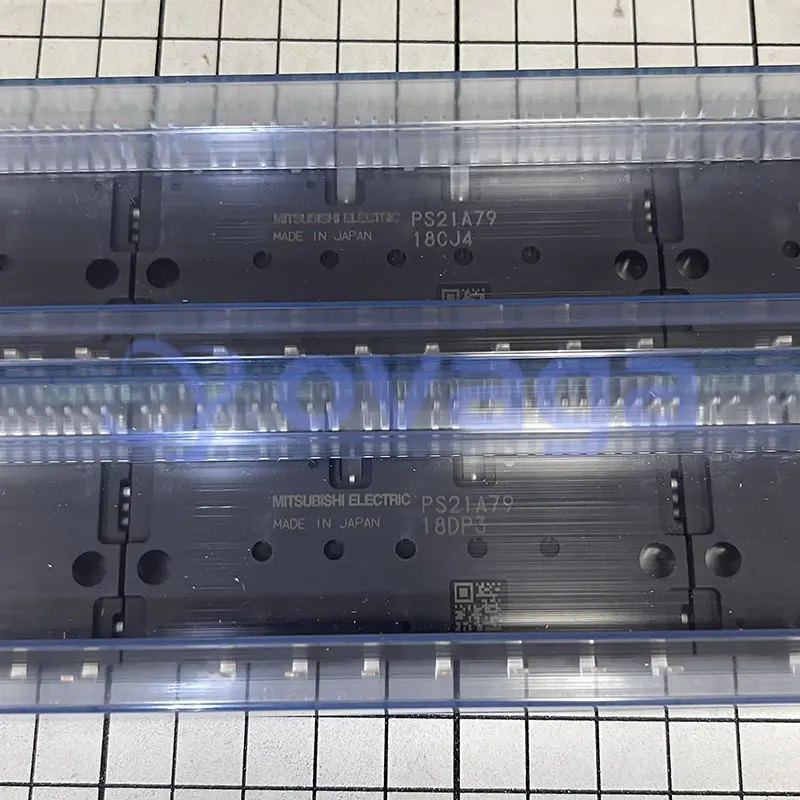
-

-
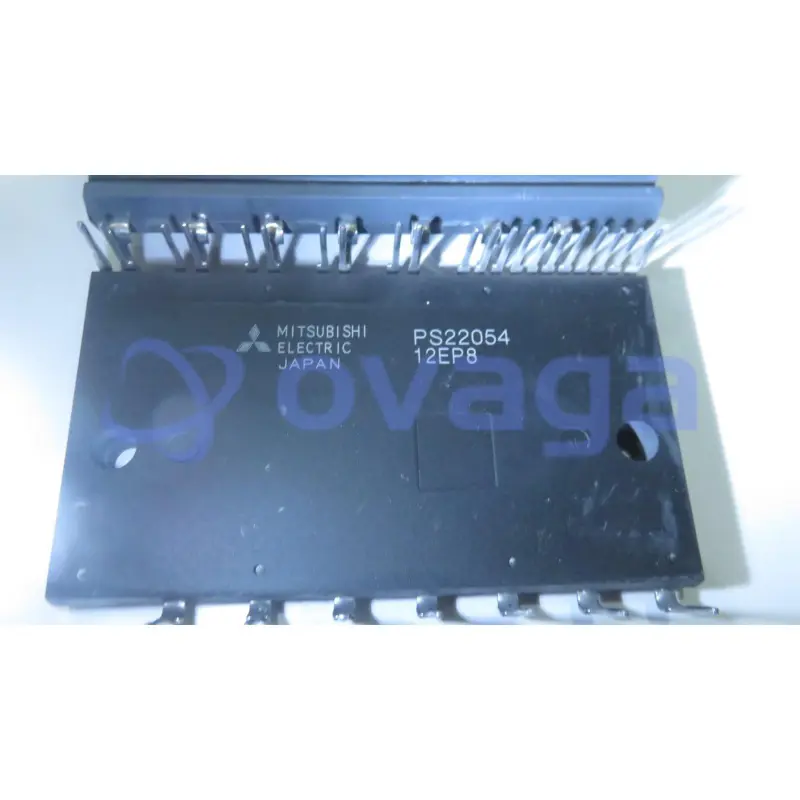
-

-

-
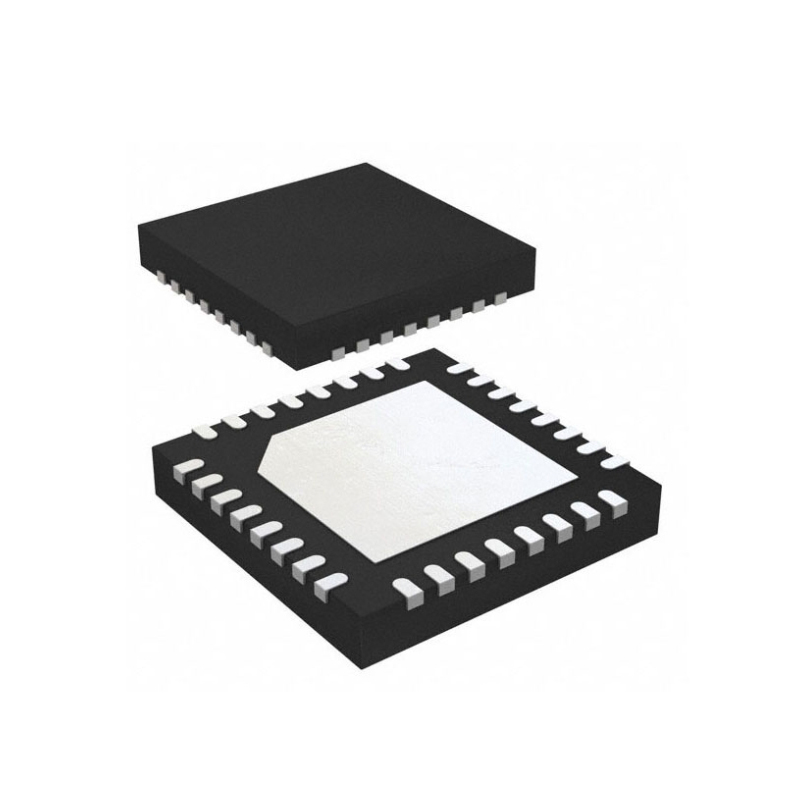
-
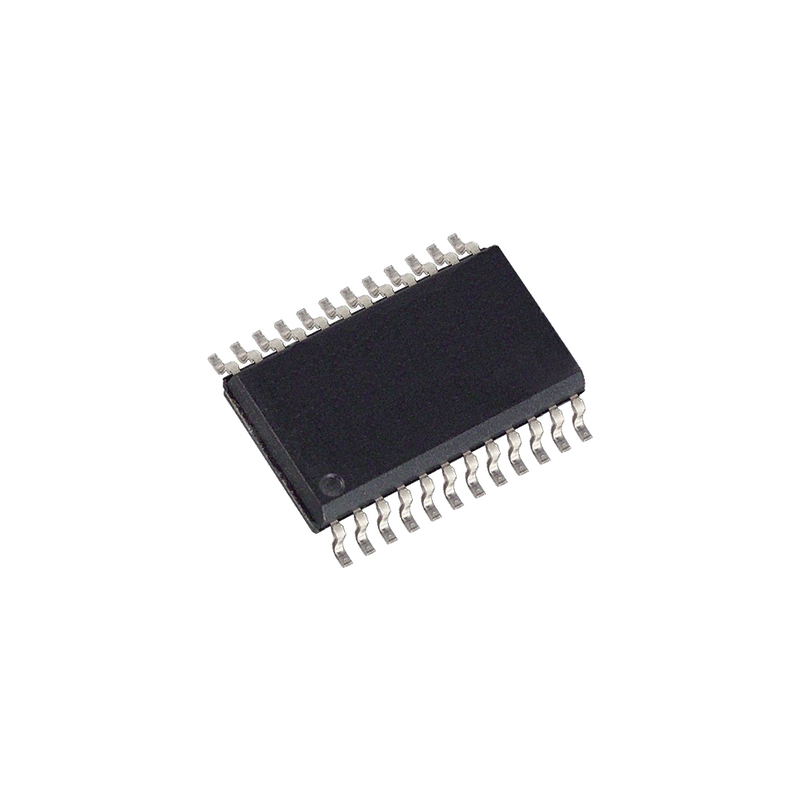
-
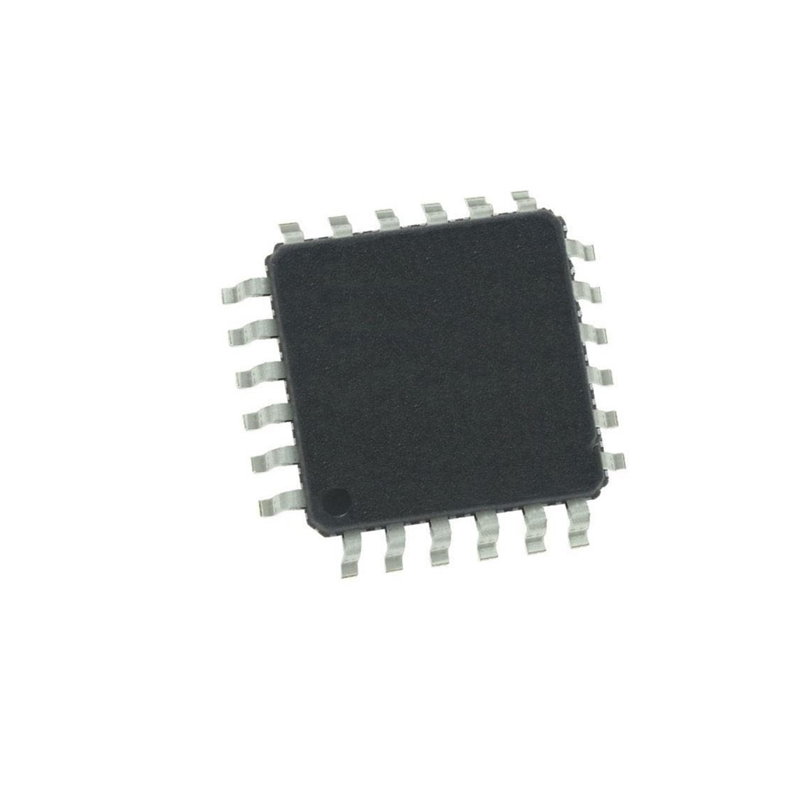
-
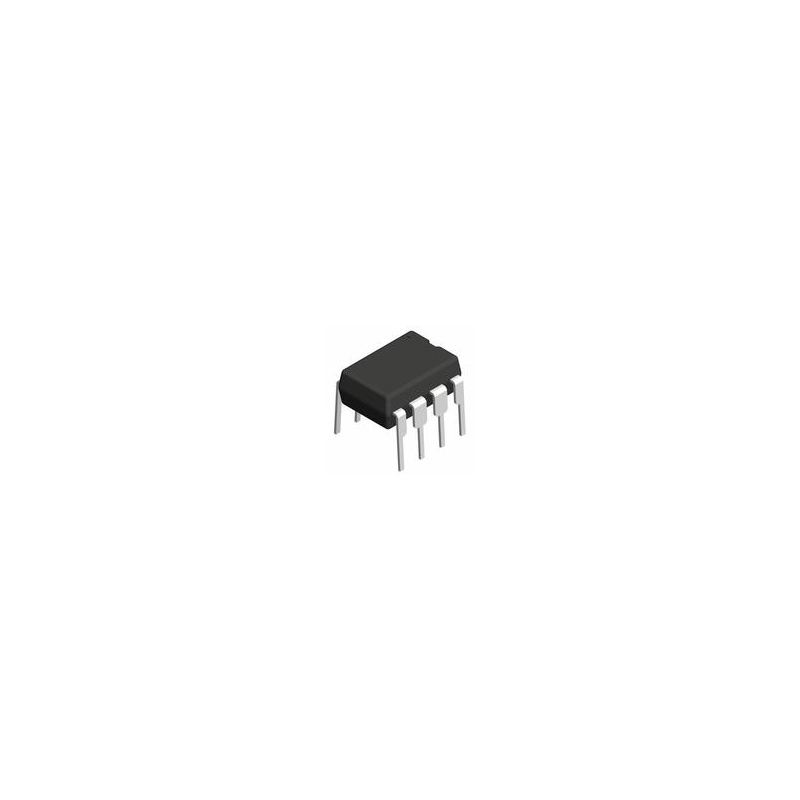
-
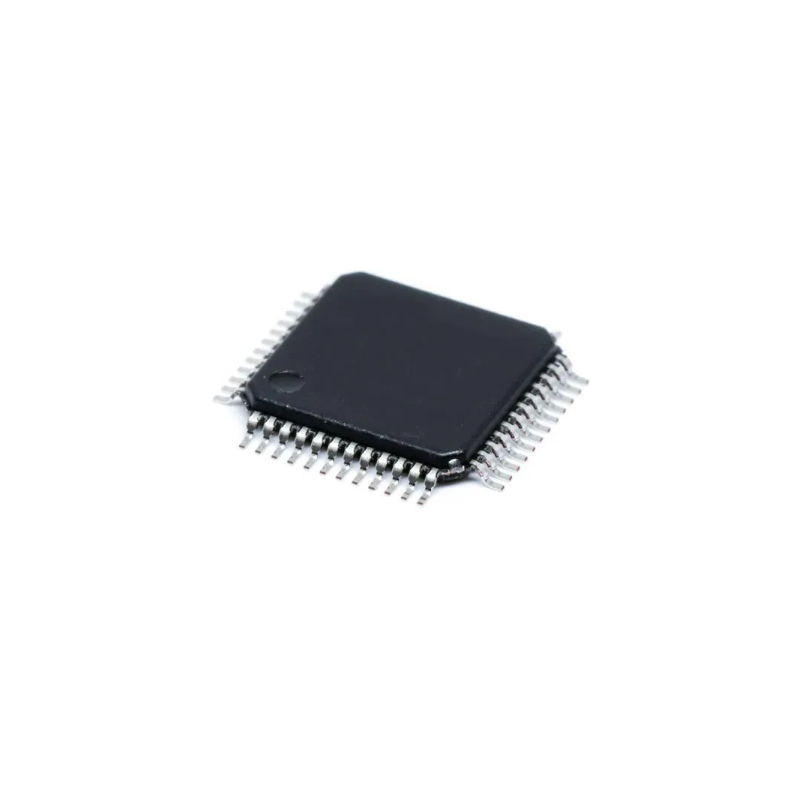
-

-
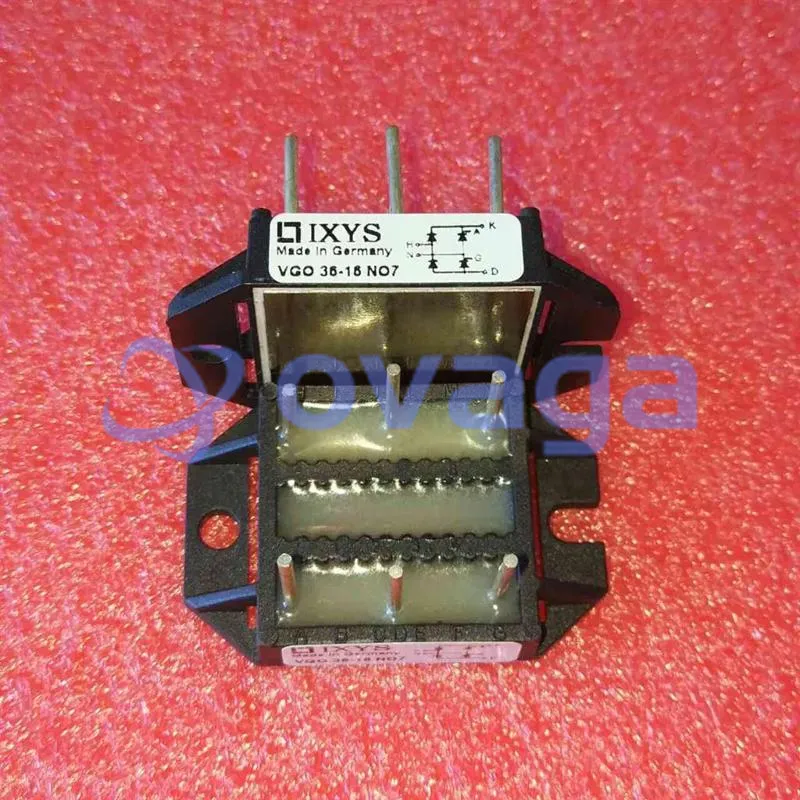
-
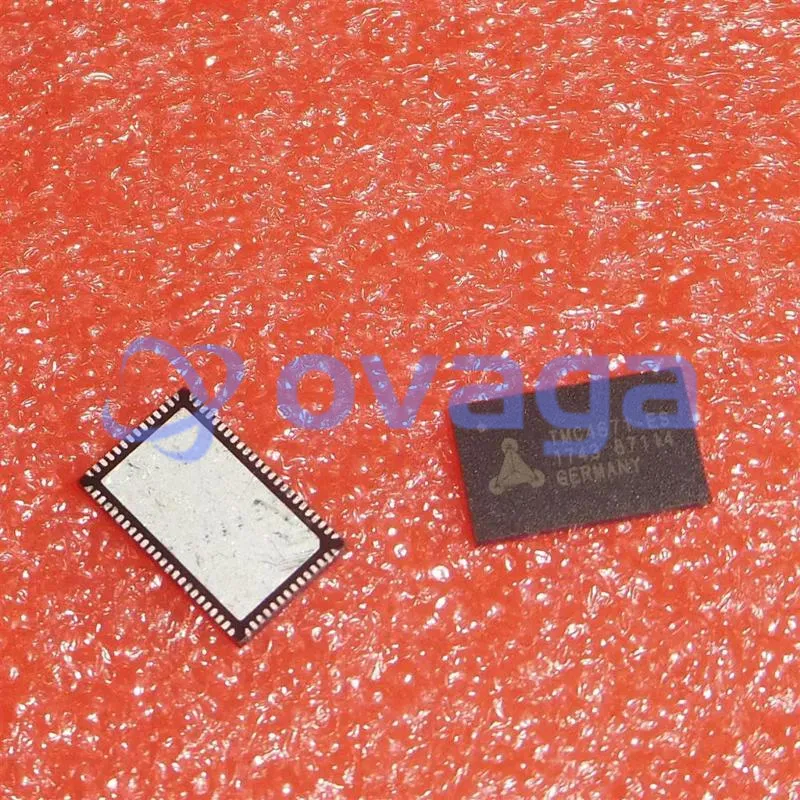
-
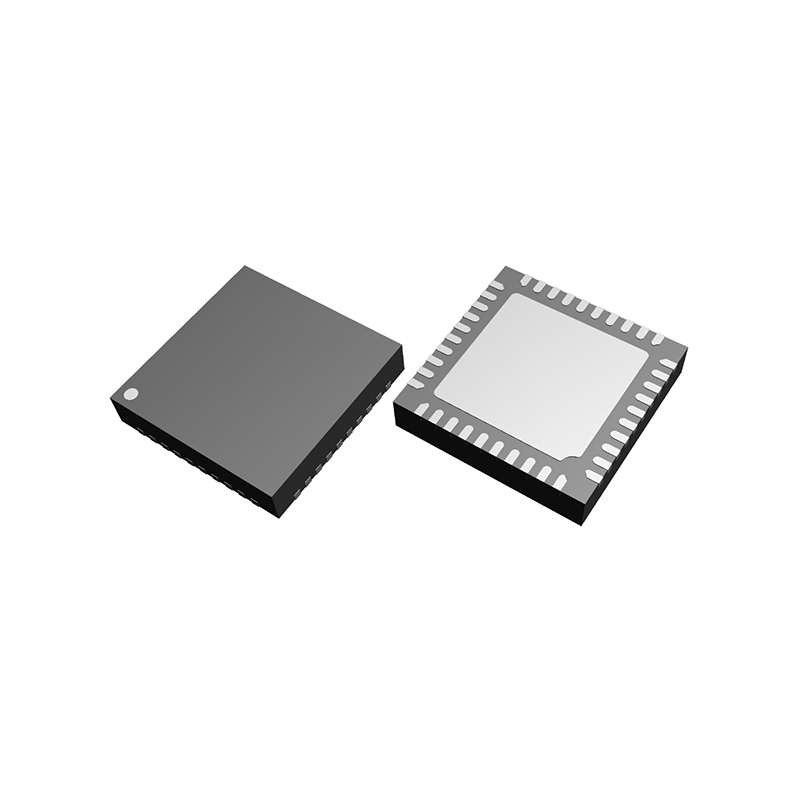
-
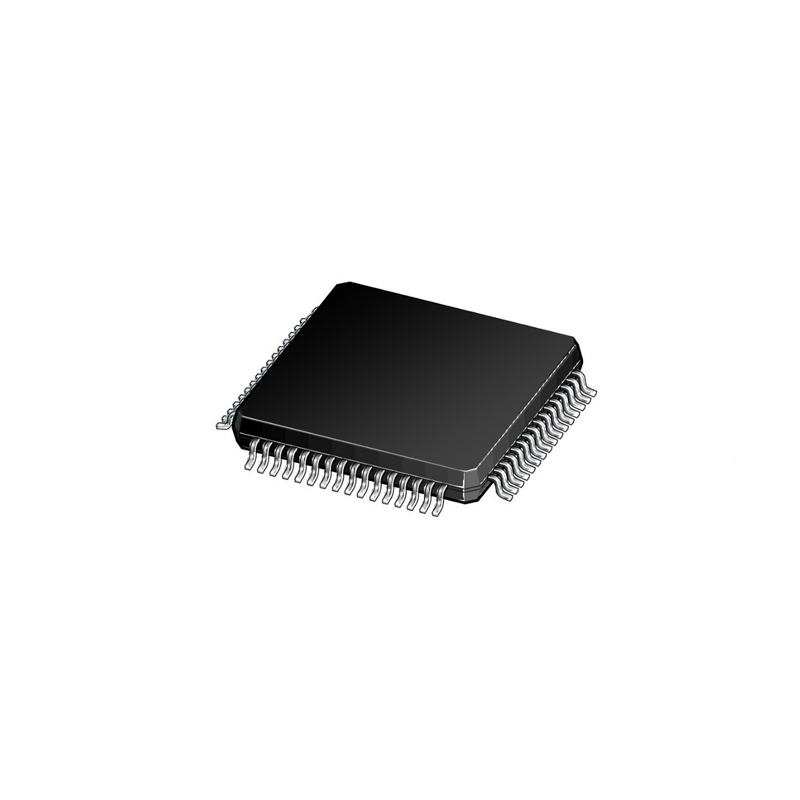
-
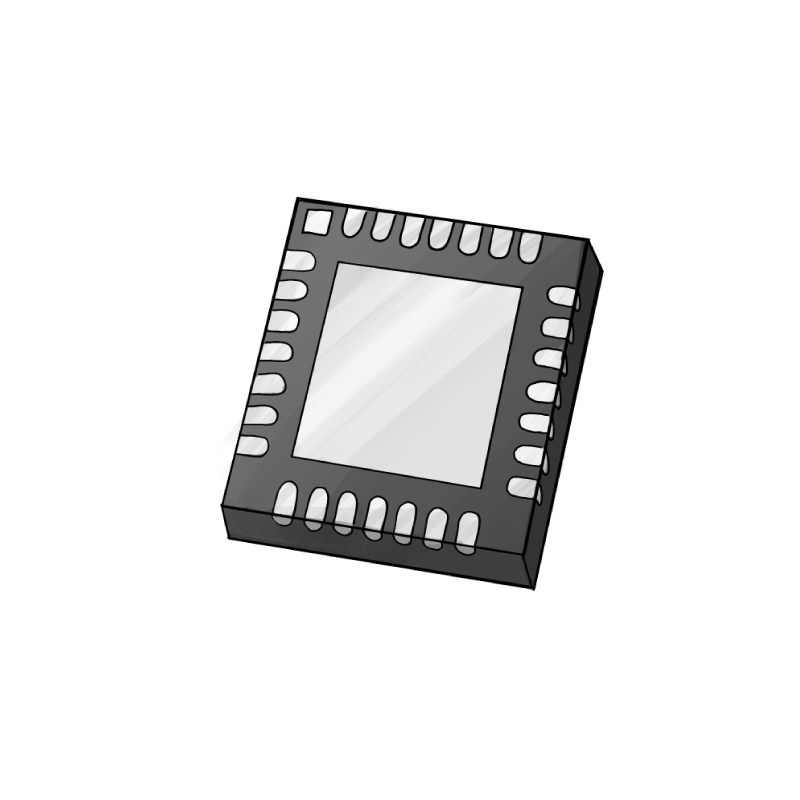
-
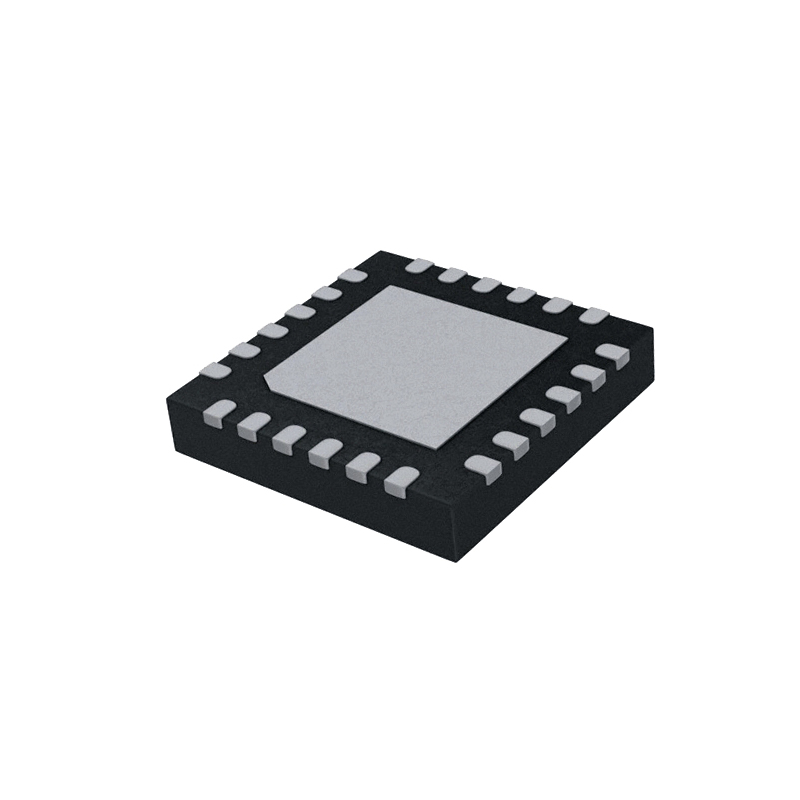
-
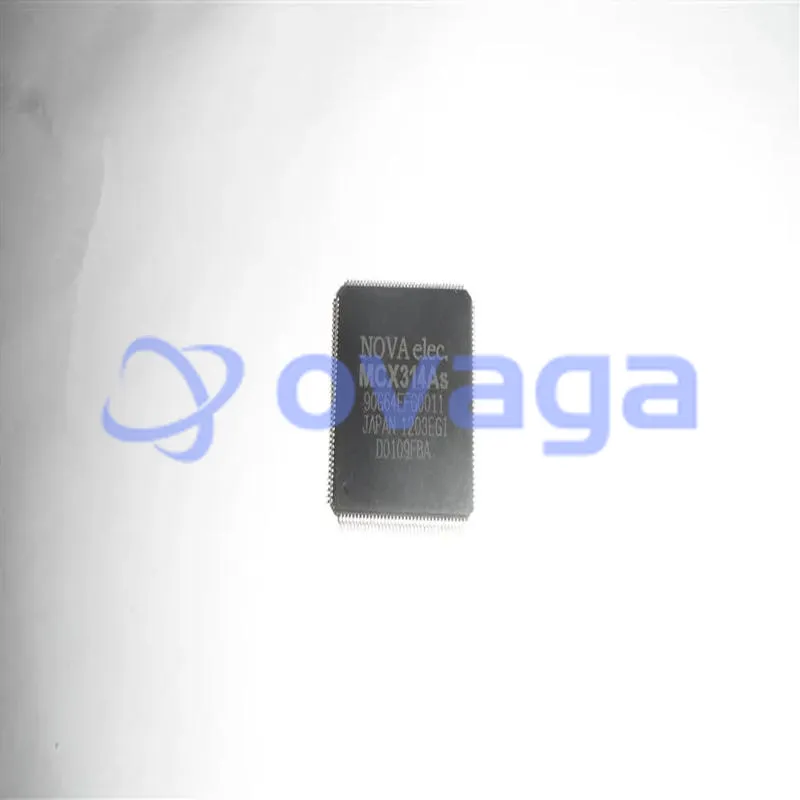
-
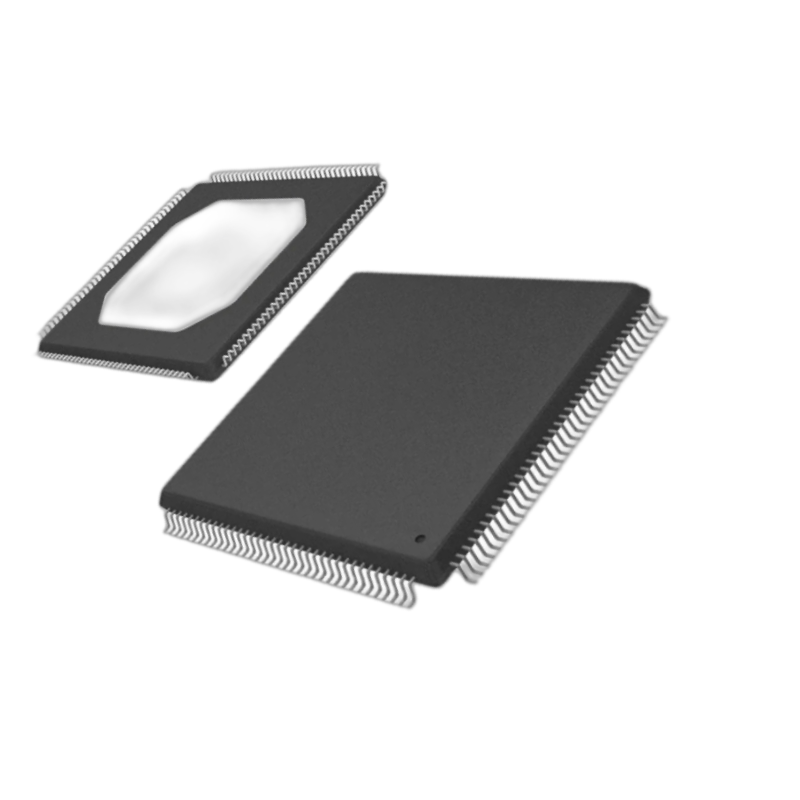
-
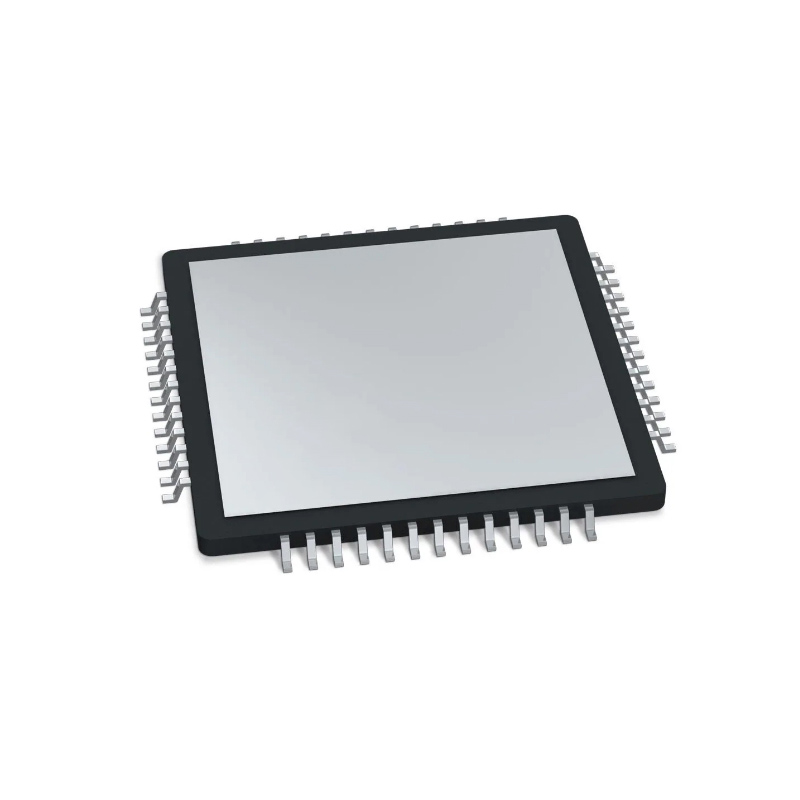
-









